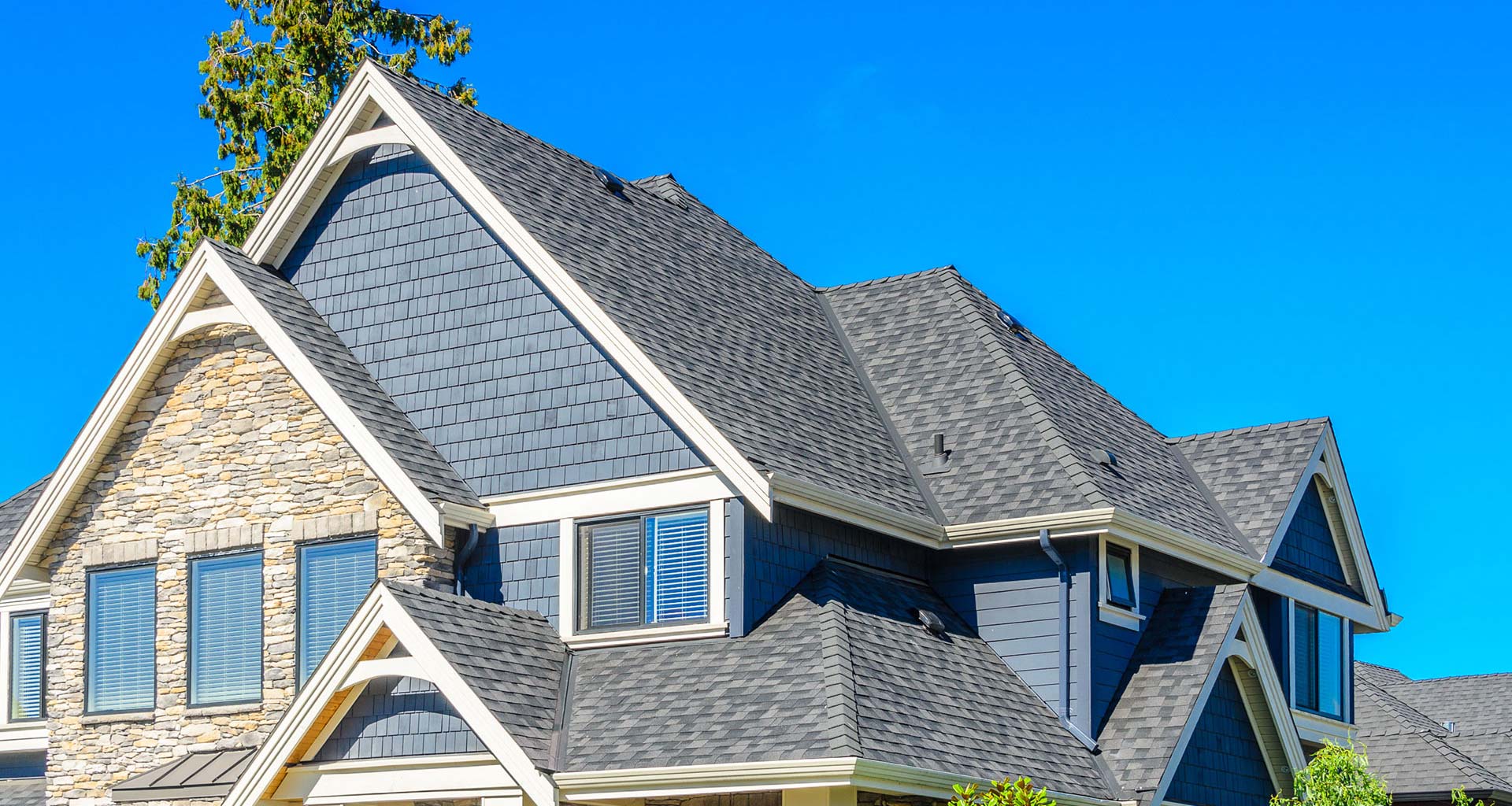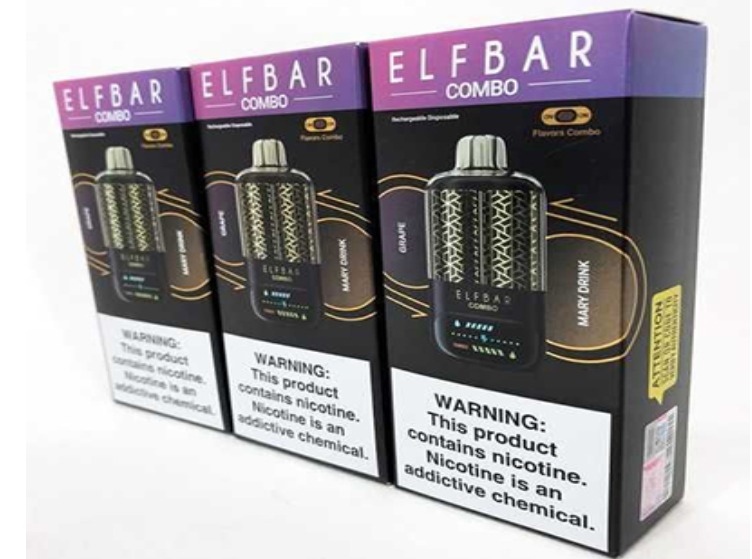When was the last time you checked your roof? Most homeowners don’t think about their roofs until there’s a visible leak or major storm damage. But by then, small problems may have grown into costly repairs. That’s why regular roof inspections are essential for maintaining the safety, efficiency, and value of your home.
At Advanced Roofing and Siding, a trusted roofing company in Massachusetts, we specialize in providing top-tier roof inspection, roof repair, and roof replacement services. With decades of experience in both residential roofing and commercial roofing, we know exactly what to look for—and what to fix before it becomes a major issue.
As one of our professionals explains:
“Most roof problems start small and go unnoticed until they turn into expensive repairs,” said a representative from Advanced Roofing and Siding. “That’s why we take the time to inspect everything from shingle condition to attic airflow. A thorough inspection helps homeowners prevent damage that could easily cost thousands if left unchecked.”
Let’s dive into the 9 most important roof inspection tips every homeowner should follow.
1. Scan the Roof from the Ground First
Your inspection should begin with a simple walk around your home. Look up at your roof from multiple angles. Do you see missing shingles, sagging areas, or visible wear? If your home has asphalt shingles, check for inconsistent coloring or spots where granules are missing.
These visual signs are often your first clue that your roof may need professional attention. If anything looks odd or uneven, don’t delay a deeper inspection.
2. Look Inside Your Attic for Leaks and Damage
Some of the most telling signs of roof damage are hidden inside your home. Enter your attic and use a flashlight to inspect the underside of your roof.
What to look for:
- Water stains or streaks
- Mold or mildew growth
- Damp insulation
- Light coming through gaps in the roof boards
These issues can indicate roof leaks, poor attic ventilation, or damaged flashing, and may signal an immediate need for repair.
3. Inspect Flashing Around Chimneys and Vents
Flashing issues are a common cause of roof leaks. Flashing is typically made of aluminum or galvanized steel and is installed around roof features like chimneys, vents, and skylights to keep water out.
Check that flashing is not rusted, cracked, or pulling away. Even a small gap can let moisture into your home, especially during Massachusetts’ heavy rains and snow melts.
4. Watch for Curling or Cracked Shingles
Whether your roof is made of asphalt shingles or metal roofing, shingle health is vital. Curling, cracked, or missing shingles are clear indicators of aging and damage.
Curled edges often form due to heat exposure or poor ventilation. Cracks can form due to wind or temperature shifts. Either way, failing shingles reduce your roof’s ability to shed water properly—and should be addressed quickly.
5. Evaluate the Gutters and Drainage System
Proper water drainage is essential to protect both your roof and your home’s foundation. During your inspection, check the gutters and downspouts for:
- Debris buildup (leaves, twigs, granules)
- Loose fasteners
- Sagging sections
- Overflow after rain
A clogged or poorly aligned drainage system can lead to water pooling and cause ice dams in winter, creating serious ice dam risks for Massachusetts homeowners.
6. Look for Signs of Storm Damage
After any major storm, you should check for storm damage repair needs. Even if the roof appears intact, wind, hail, or debris may have caused unseen damage.
Common signs include:
- Dented shingles or flashing
- Discoloration from hail impacts
- Debris on the roof
- Lifted or misaligned shingles
Storm damage can lead to subtle leaks that may not show for weeks. A quick inspection can prevent long-term water damage.
7. Understand Your Roof’s Age and Expected Lifespan
Roofs have a natural lifespan depending on their material. For example:
- Asphalt shingles: 20–30 years
- Metal roofing: 40–70 years
- Wood shake: 20–40 years
If your roof is nearing its expected end, schedule a professional assessment. Knowing when to consider a roof replacement can help you budget and avoid emergency repairs.
8. Review the Roof Structure and Support System
Even if your shingles look fine, the structural integrity of the roof must be sound. Look for sagging, soft spots, or warped rafters when inspecting from inside the attic or outside from a ladder (only if safe).
Compromised structures may be the result of long-term moisture exposure or foundational shifting and should be evaluated by a licensed roofing contractor.
9. Schedule a Professional Inspection Every Year
While DIY inspections are valuable, having a licensed, GAF-certified installer conduct a professional roof inspection ensures nothing gets missed. A pro will use a full roof inspection checklist and look for issues such as:
- Improper flashing installation
- Hidden leaks and moisture penetration
- Subtle ventilation or airflow problems
- Compliance with local building codes
- Risk factors for mold, mildew, or pest infiltration
At Advanced Roofing and Siding, we combine technical skill with real-world experience to protect homes across Massachusetts. Whether it’s a simple tune-up or full siding installation alongside your roofing needs, we’ve got you covered.
Final Thoughts: Prevention Is Always Cheaper Than Repairs
Many homeowners underestimate the value of regular roof maintenance—until water starts dripping through the ceiling. Roof inspections might seem like a small chore, but they can save you thousands of dollars by catching issues early.
From residential roofing systems to large-scale commercial roofing solutions, Advanced Roofing and Siding is the name Massachusetts residents trust for long-lasting quality and integrity.
So don’t wait until it’s too late. Make roof inspections a regular part of your home maintenance plan.




